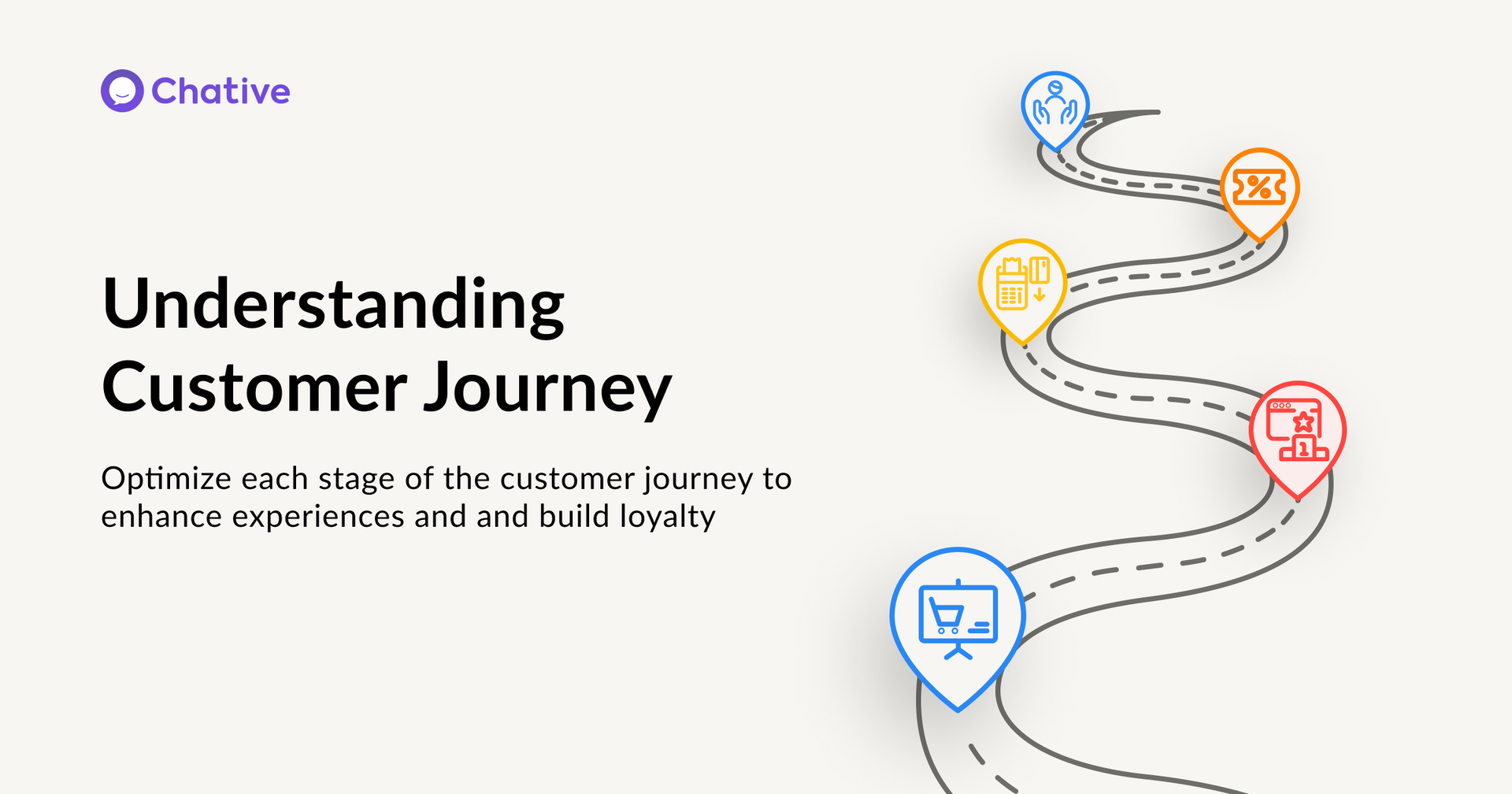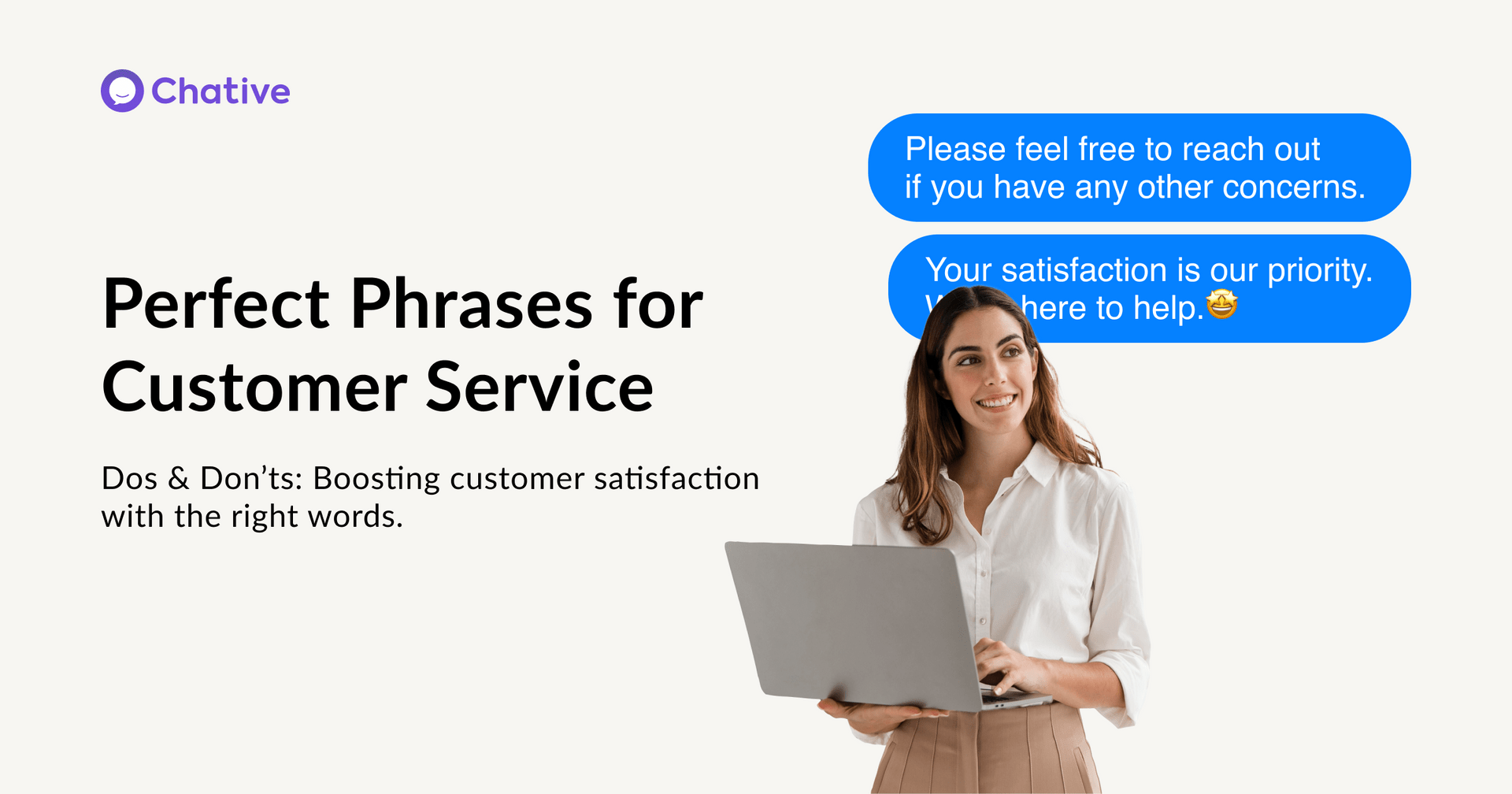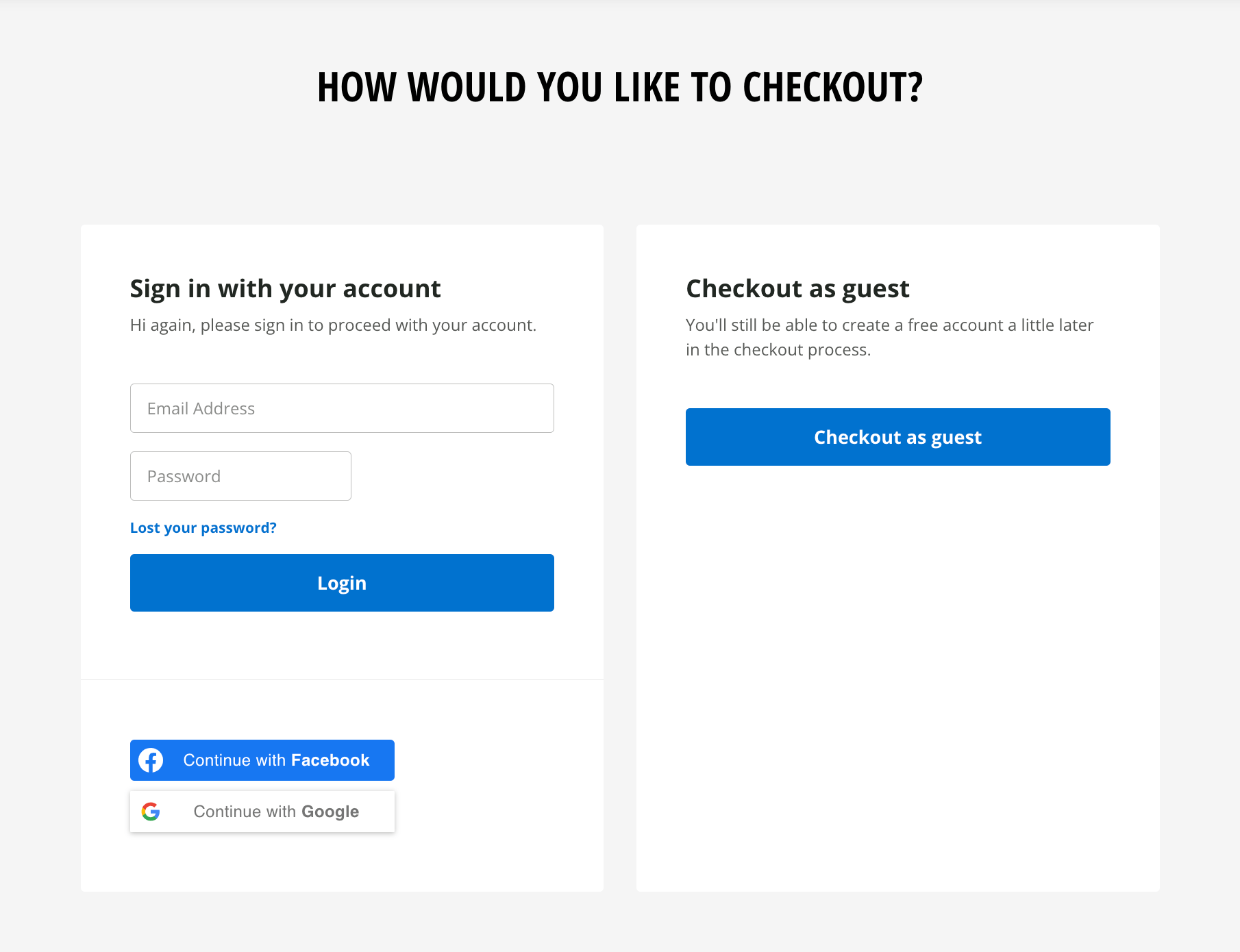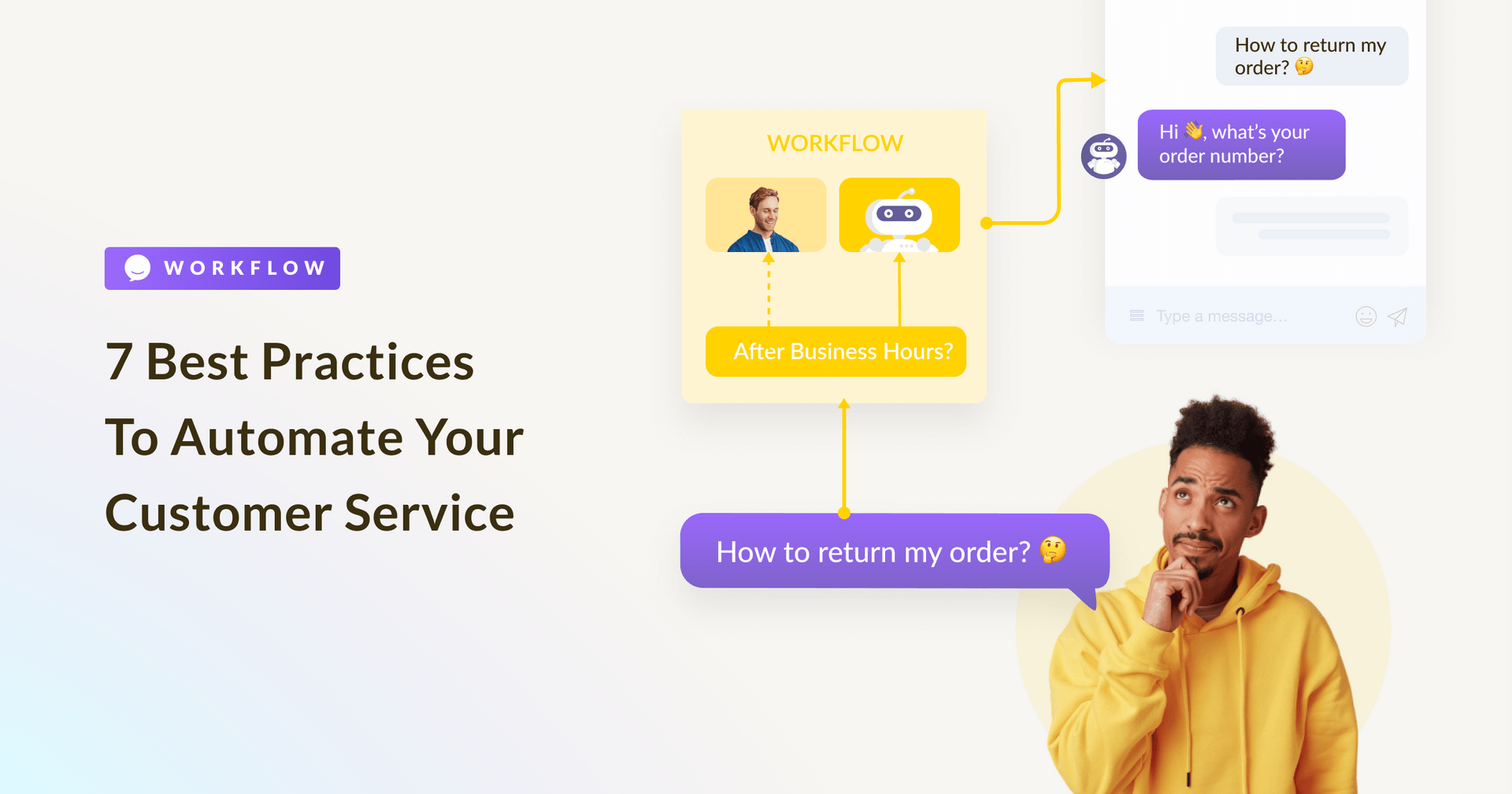Customer Service: Key Live Chat Metrics You Need to Track
Customer Experience - July 14, 2022 - 5 min

QUICK LINKS
Setting benchmarks for your objectives and being aware of what you’re measuring is crucial for developing and expanding your support strategy across channels. Your team will feel confident and booming in their responses if you use live chat metrics to understand your consumers’ experiences.
Here are the 7 live chat metrics that we advise monitoring, divided into cumulative metrics, conversation-level metrics, and agent-level metrics.
If you already use Chative, you should read this article (if not, give it a try, it costs nothing). We believe you’ll also find it simple to apply these suggestions to your business!
5 conversational support metrics that matter
Reply time
Reply time is the length of time a live chat user must wait before receiving a response from your staff. This score should only be determined once your team has sent its initial response. You should measure wait time rather than response timings if you haven’t yet responded to your customers.
Be cautious with how much emphasis you place on this metric’s value once you start tracking it because it can potentially encourage lousy conduct. The quality of the response should be prioritized over how rapidly it was sent.
Hence, this metric can be beneficial in some circumstances, but it can undoubtedly reinforce undesirable behaviors if used excessively.
Total conversations
The first data you should look at is the total number of chats. How many chats your team had will determine when you should start thinking about adding live chat agents to manage more conversations.
More specific metrics will provide a richer narrative even though total volume is a remarkable statistic to determine how many chats you have overall. You can get information on how the volume adds up by looking at the chats’ content or the kinds of questions asked in the talks.
We don’t typically experience traffic peaks and valleys because our support assists clients and addresses inquiries about our product, although certainly, some months are better than others.
Conversations per agent
At Chative, we keep track of the typical number of conversations each team member handles (more traditional customer support operations would call them cases). It’s a terrific approach to stop a backlog from forming and to identify when and where the team is working too hard and needs support. In addition, based on a person’s function and support experience, we have targets for the number of conversations each day we anticipate they will manage. These standards help everyone understand what is expected of them.
However, there are various reasons someone could fall short of a particular standard. For instance, the person might have had a poor first contact resolution rate for the day due to devoting too much time to resolving a difficult customer problem. Recently, we decided to use this measure as a KPI for specific team engineers and support agents. However, we are still adamant that it is a conversation starter rather than a quota.
Time to close
This metric measures how long it takes for a user to start a chat with your support staff and for either party to end it. It has two sides, much like response time does.
According to Forrester Research, 77 percent of customers believe that valuing their time is the most crucial action a business can take while providing customer care. This indicates that you must treat the consumer with respect and thoroughly address any issues they may have, but it also suggests that you may not want to take 20 minutes to solve a problem.
Look for patterns in the types of discussions that are dragging out if you see that your average duration starts to rise.
Are they mainly with trial participants that have a lot of pre-sale inquiries? Do they focus more on certain aspects of your product?
Instead of viewing this data as a reflection of your live chat approach, use it as a breadcrumb trail to uncover the underlying problem.
Customer satisfaction
You can get a decent quantitative indication of how much work you’re handling and how quickly you’re handling it by looking at the total number of discussions and the time first to respond. Sadly, they don’t provide you with any information on the caliber of the work you’re producing. No matter how quickly you resolve issues, if a customer wouldn’t refer you to a friend after your live chat conversation, you’re not doing it right.
Customer happiness can be measured in a variety of ways. But if you want a lot of consumers to utilize it, you need to make it widely used and incredibly lightweight. With minimal effort on the part of your customers, this makes it simple to know your customer satisfaction score. Using these methods to understand customer happiness may increase client retention and predict future churn.
The power of the right customer support metrics
There are numerous metrics for customer service. We will still have a lot of productivity, performance, and quality statistics even if we restrict them to live chat exclusively.
Answering challenging issues can be made easier with the correct data. But most of the time, it merely raises more queries.
Your customers will adore the smooth customer experience and excellent support team if you keep these KPIs in mind.
Related Posts
November 09, 2024
Customer Journey: Optimize for Conversions & Loyalty
May 14, 2024
Don’t Just Focus On Revenue and Orders
December 29, 2023
Many Visitors But No Sales? Read this
December 22, 2023
Top 5 Tips for an Exceptional E-commerce Product Page
July 26, 2023










